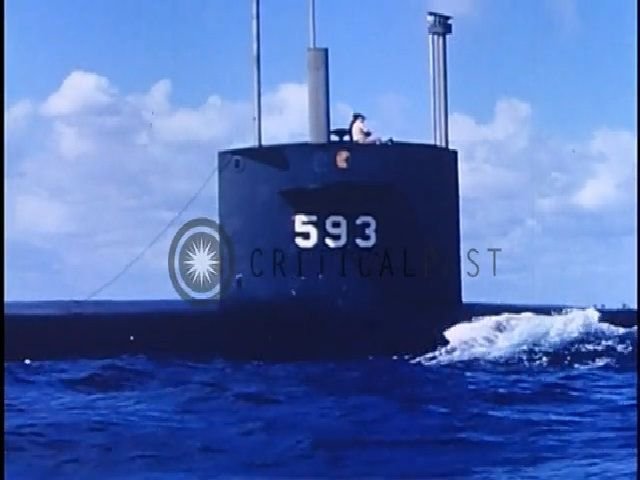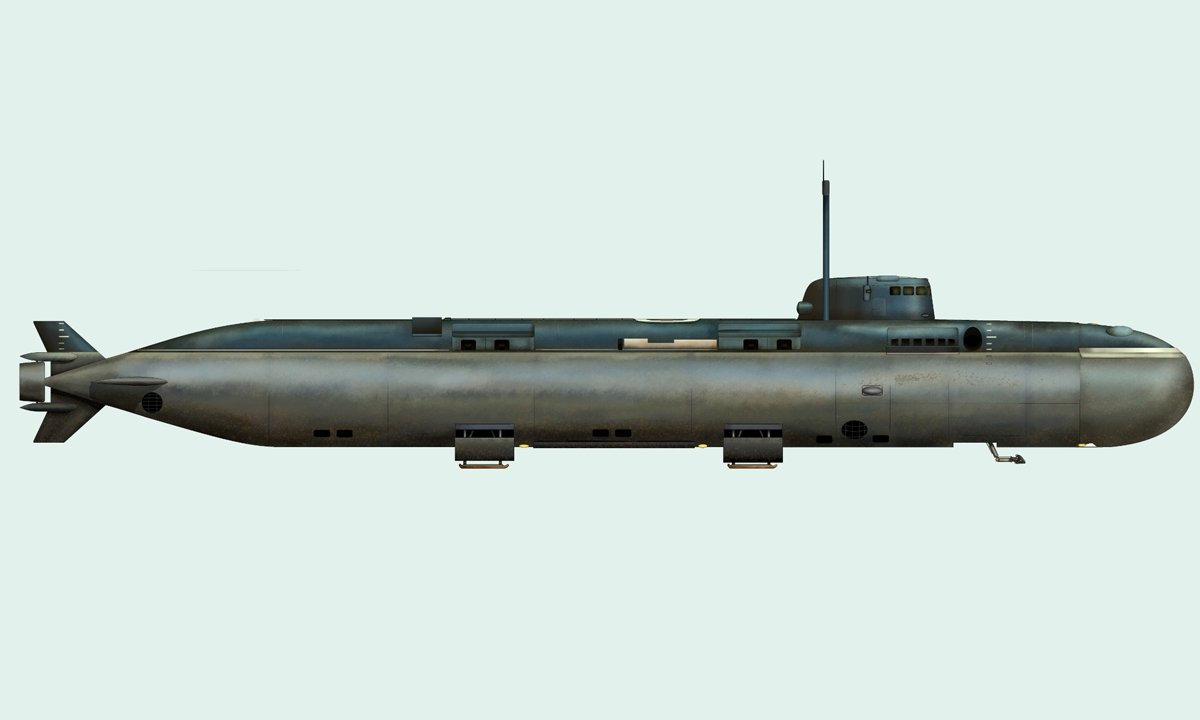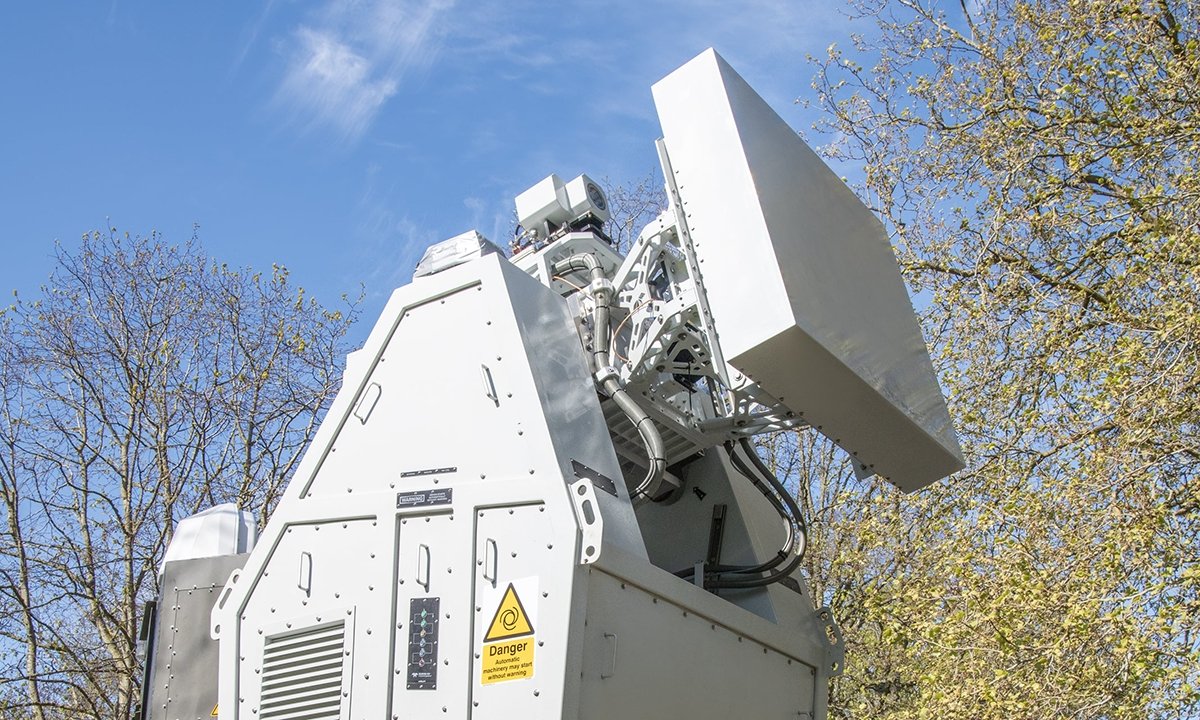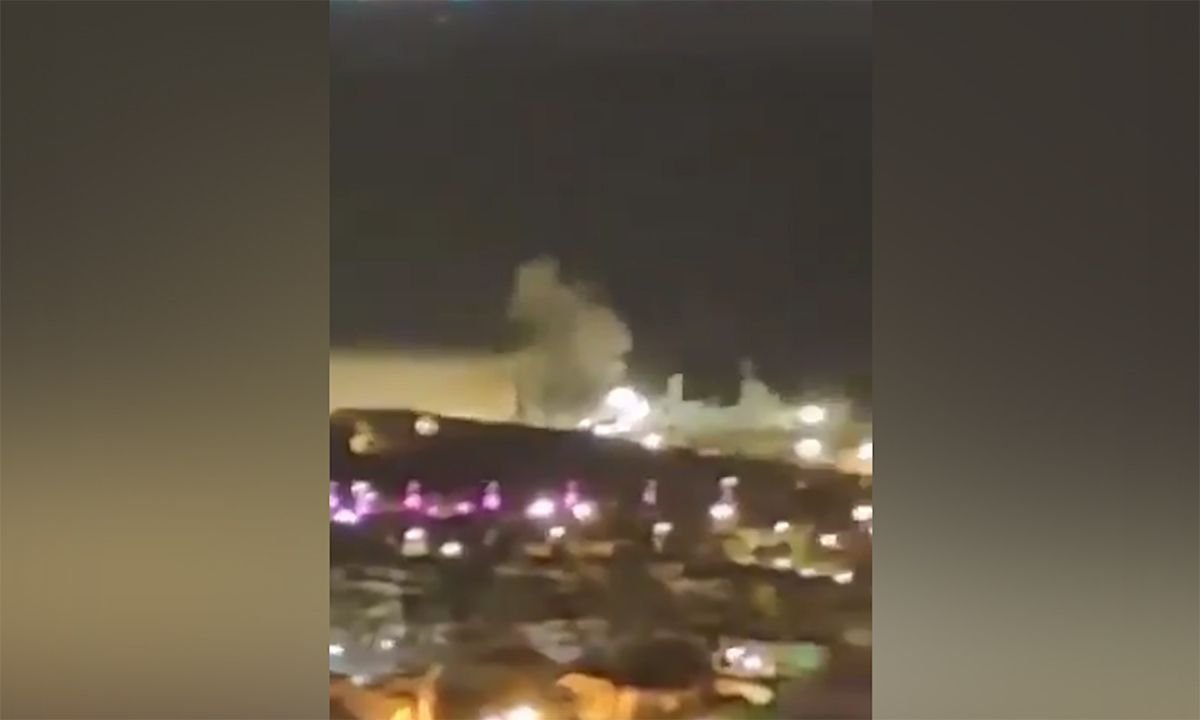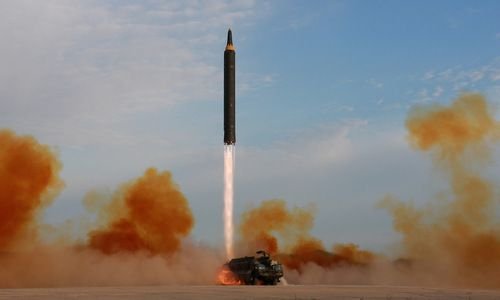Submarine USS Thresher before sinking
Submarine USS Thresher before sinking.
Submarines are always considered very effective deterrent weapons for navies around the world.
USS Thresher (SSN-593)
When launched in 1960, USS Thresher was the fastest and quietest submarine in the world.
On April 9, 1963, USS Thresher set sail for a post-overhaul diving test with the escort of the rescue ship Skylark.
Thresher moved in a circle below Skylark to ensure communications, descending in 30 meter increments to test the ship’s systems.
When Skylark received no response from Thresher, rescue ship personnel understood that the submarine had sunk.
The US Navy’s investigation showed that the ship’s seawater pipe weld was corroded and damaged, causing seawater to flood into electronic circuits and shut down the ship’s nuclear reactor.
The reactor stopped working, causing the USS Thresher’s engine to paralyze, the ship sank to a depth of 2,560 m without any way to save it.
K-141 Kursk
A nuclear submarine of Project 949A `Antei` (NATO designation: Oscar-II), Kursk was one of the first naval vessels built and launched by Russia after the dissolution of the Soviet Union.
Project 949 is designed to destroy an entire group of US aircraft carriers.

The wreck of the Kursk ship after being salvaged.
The K-141 Kursk submarine participated in `Summer-X`, the largest Russian naval exercise in more than 10 years, on August 10, 2000.
Kursk’s crew was rewarded for its excellent operational performance right before the exercise, and was considered one of the best submarine crews in Russia’s North Sea Fleet.
On the first day of the exercise, Kursk successfully launched a Granit missile carrying a dummy warhead.
At 11:28 a.m. on August 12, an explosion equivalent to 100-250 kg of TNT occurred in the torpedo compartment of the Kursk submarine.
95 out of 118 crew members died immediately after the explosion.
The Russian Navy conducted an investigation, concluding that the explosion originated from HTP, a condensed form of hydrogen peroxide, which is used as fuel for Type-65 torpedoes.
USS Scorpion (SSN-589)
The submarine USS Scorpion sank about 650 km southwest of the Azores island in the Atlantic Ocean in May 1968, while returning from a Mediterranean patrol.

The wreck of the USS Scorpion submarine on the seabed
Wreck of the USS Scorpion submarine at the bottom of the sea.
SSN-589 reported its position about 50 miles south of the Azores on May 21, 1968.
It was not until October of that year that a deep diving device deployed from the research ship USNS Mizar identified the body of the USS Scorpion at a depth of more than 3,000 m.






